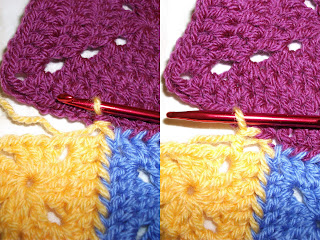The pattern is by Chrissy Gardiner and it is called mix and match rib, I got it from her book here. I also used her anatomical toes which fit my feet better than the regular wedge shaped toes.




I really really liked working on these and couldn’t put them down and learned a few lessons along the way. I started them two at a time on one circular needle in the magic loop technique. While this was fine and I could do it, I think I am happier if I work on one at a time as I felt like I was getting somewhere. So I ordered a second circular needle so I could work on the socks separately.
When this turned up, it felt like it was bigger and I got in a blind panic thinking I had actually knitted my socks on a smaller needle than I thought I was. After much debate I realised I had used the size I thought I was (2.5mm) but the unusual knitting style I was using (eastern uncrossed) had resulted in my gauge being 10 stitches per inch instead of the 8 stitches per inch called for in the pattern.
After some more panicking I bought a 2.75mm needle and did some swatching and got 9 stitches per inch, at this point I recalculated the pattern for this new gauge. If I hadn’t recalculated I would have ended up with a sock that was too small. In the end instead of starting the pattern I did some more increases to get the stitch count right, and then I started the rib pattern.
I really loved working this rib, as the bamboo ridge gave me something to count and I found I didn’t need a row counter.
When I got to the heels I followed a different way of doing short rows. I find the conventional way of wrapping and turning very fiddly to do with such small yarns, so I followed the concept here by a lady known as Fleegle. A warning to anyone who follows that link, the numbers she gives do not result in a heel. To make a heel from this you need to be able to modify the numbers for your sock.
I was worried about using a short row heel as my feet have high arches but it turned out fine, the socks fit perfectly. However, the yarn makes my feet itch and I cannot wear them for long without wanting to pull them off and scratch. I should have known this was coming as I find my skin is easily tickled and itched by things. As it turns out my mum is a size smaller than me and my MIL is a size bigger, and as my MIL gets cold feet frequently I am hoping these will fit her. My only other complaint is that I have already bought some more of the same yarn brand for more socks and now I won’t be able to make them for me. This does however give me an excuse to buy more yarn.
Oh well, it just means my MIL is getting a second pair of socks which I am sure she won't mind. In the meantime I've got my eyes on a different brand of yarn, but I will save that chat for another day.
In the meantime heres something I made with a program I own called Electric Quilt.

Have fun!



















































